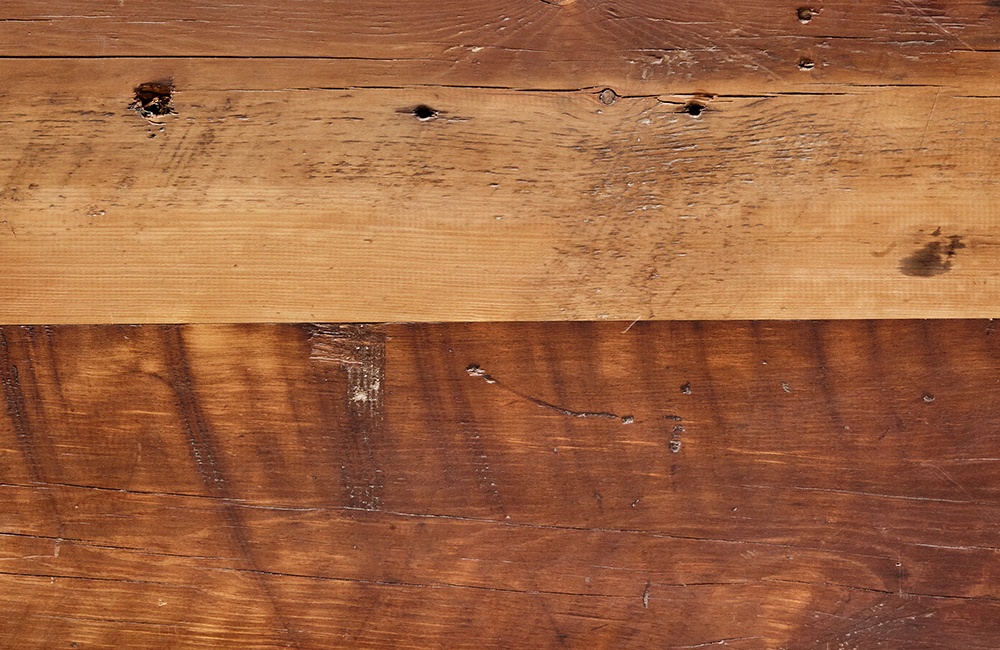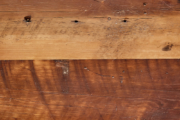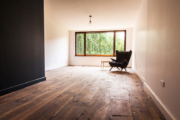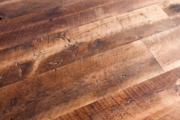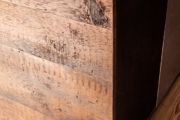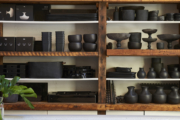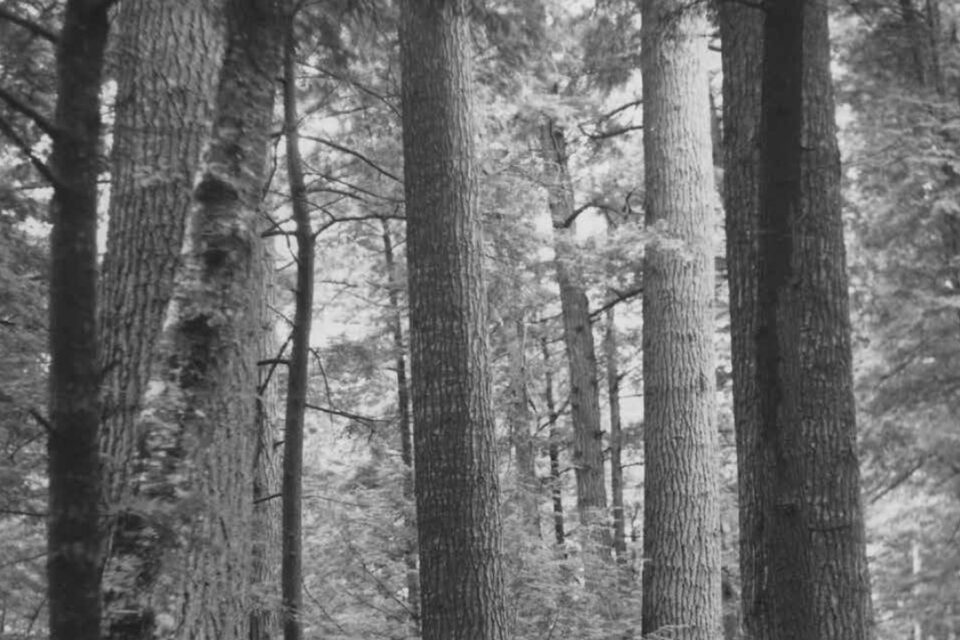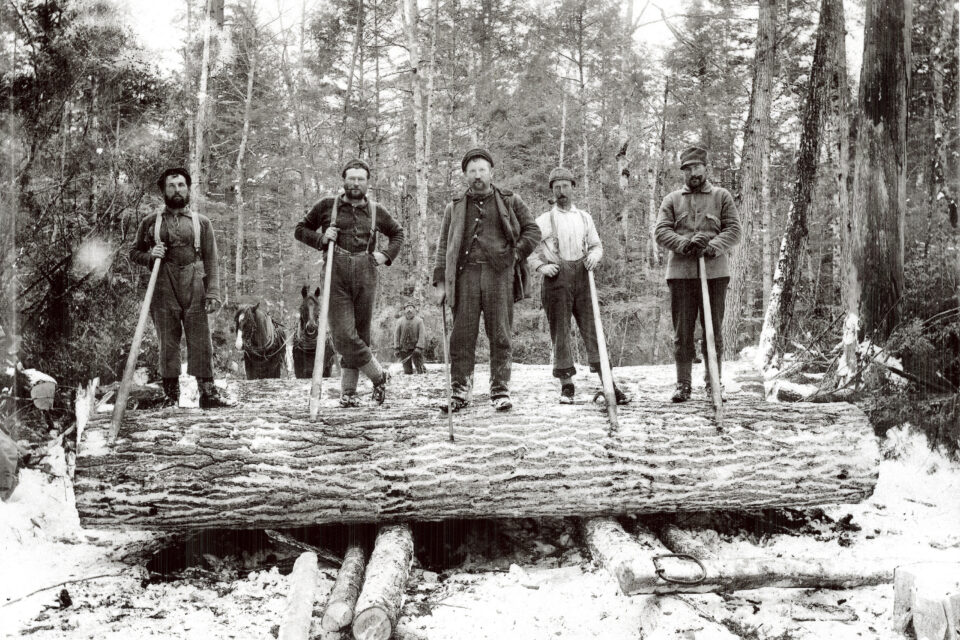Posted on in by
The skip planed version of Eastern White Pine creates a “shadow and light” patina that exposes the bare wood and retaining a level of original aged surface. White pine was enormously popular in the Northeast through the Colonial era and into the mid-1800’s. Today, it’s recovered and re-sawn from the joists and timbers of some of the oldest historical structures. The planks are often cut wide and long, offering a bold and traditional feel, but as a cleanly resurfaced wood, at home in a modern setting. Consistent with its heritage, white pine remains a versatile wood that is friendly to mill; and therefore found in range of applications, including flooring, paneling, stair treads, furniture and shelving.
Application
Dimensional Lumber, Exterior, Flooring, PanelingThickness
1/2", 3/4", 4"-10", 4/4" - 12/4"Widths
3"-10", 3"-9", 8"-10"Lengths
3 - 14'Color and Surface
Skip-planed Eastern white pine reveals it’s light brown and even grained figure layered into it’s aged surface qualities, with it’s deep chocolate brown surface and saw marks. Occasional nail holes and small divets, stress cracks, and other subdued distress marks provide a unique quality of character and tonal variation to each board, while remaining a unified surface. Occasional knots, from small to large, reflect its natural character.
Nature and Culture
Native Americans were in awe of the white pine, calling it the “Tree of Peace” – by far the largest tree in the forest, and habitat to dozens of wildlife species. Early European immigrants maintained an equal reverence, with an image of the tree featured on the first American flag. It’s massive and stable trucks were cut for ship masts; and it’s milled boards were used in everything from flooring, cabinetry and stair treads to wall cladding (exterior and interior) and furnishings of all description.
